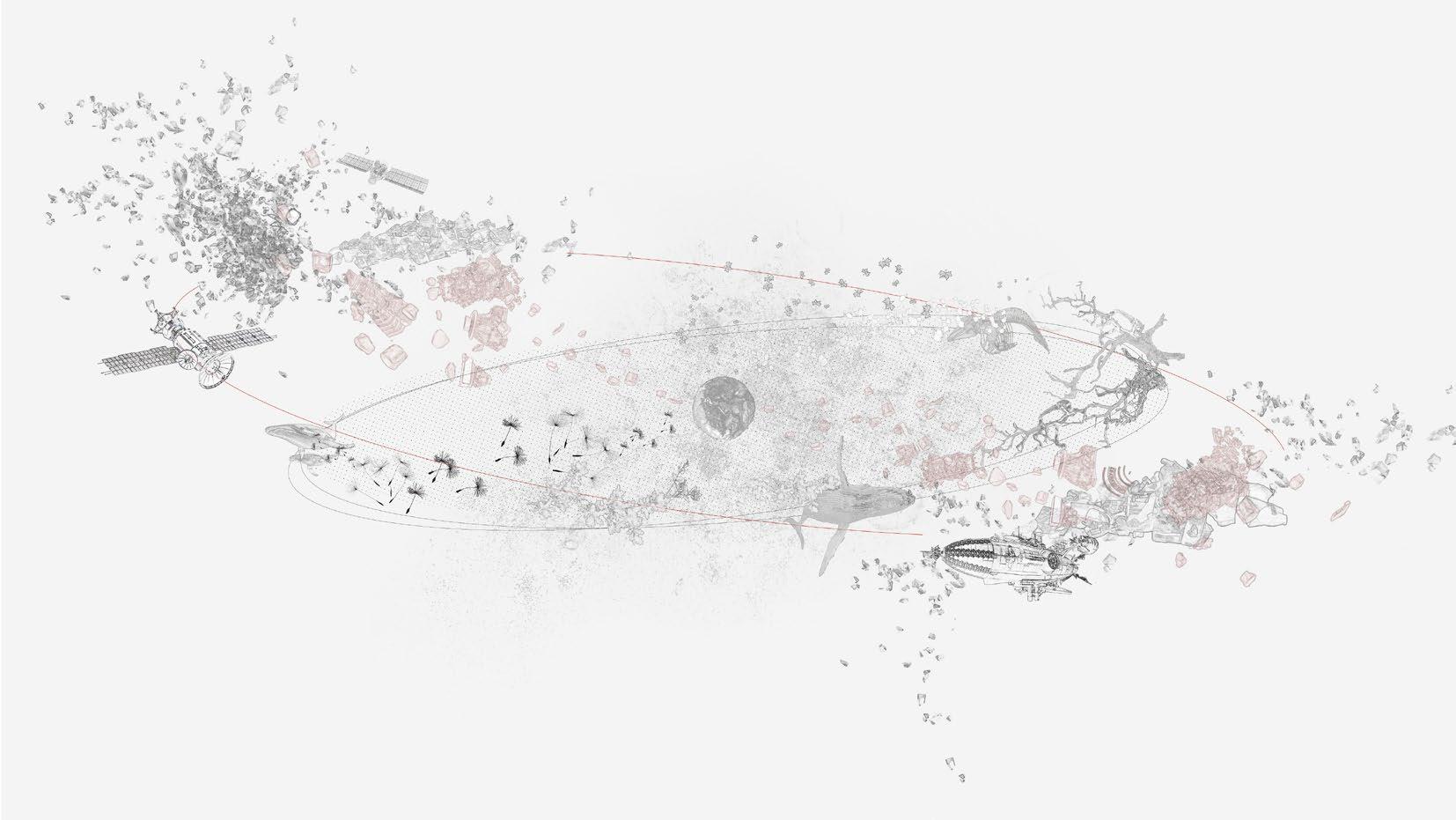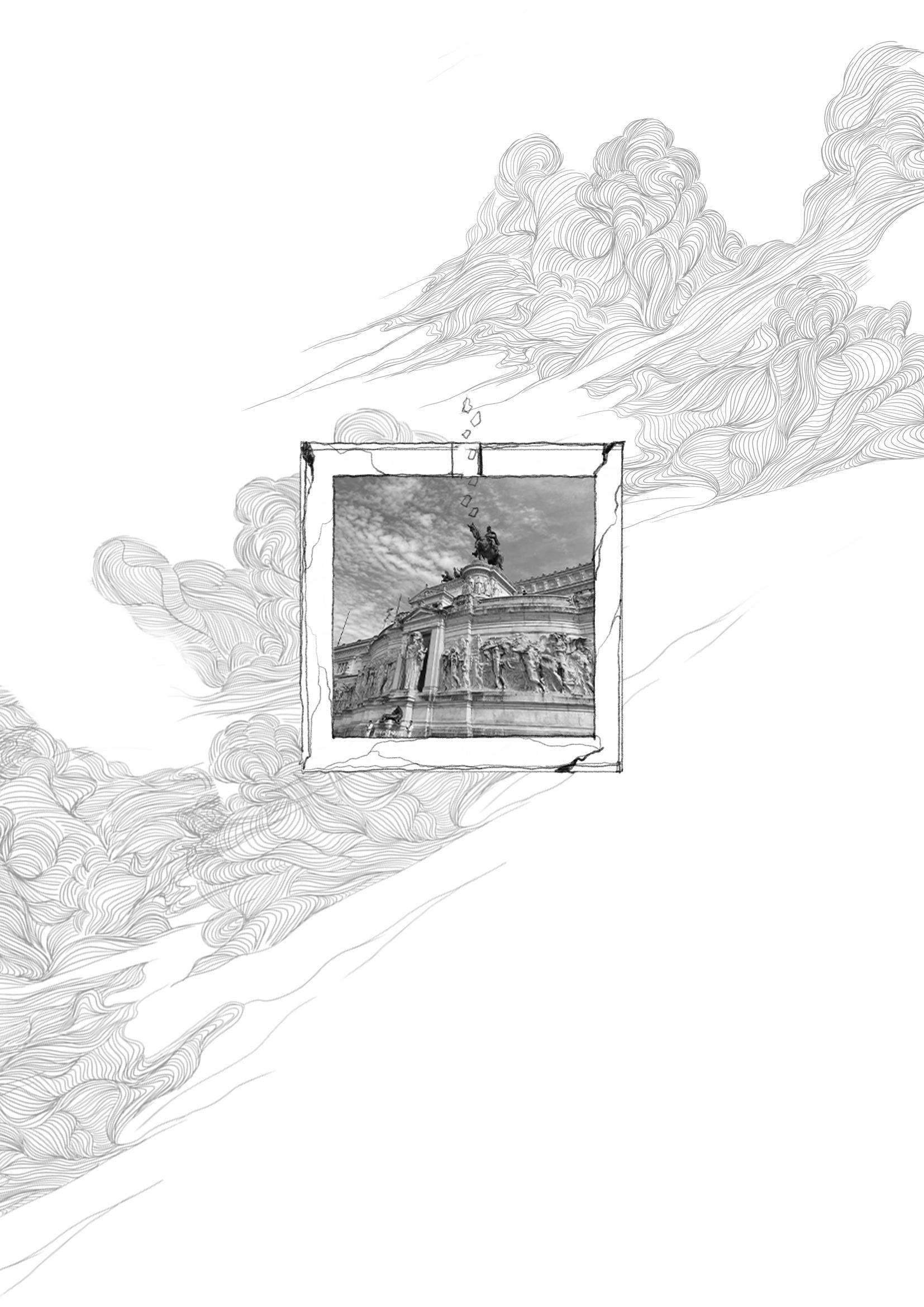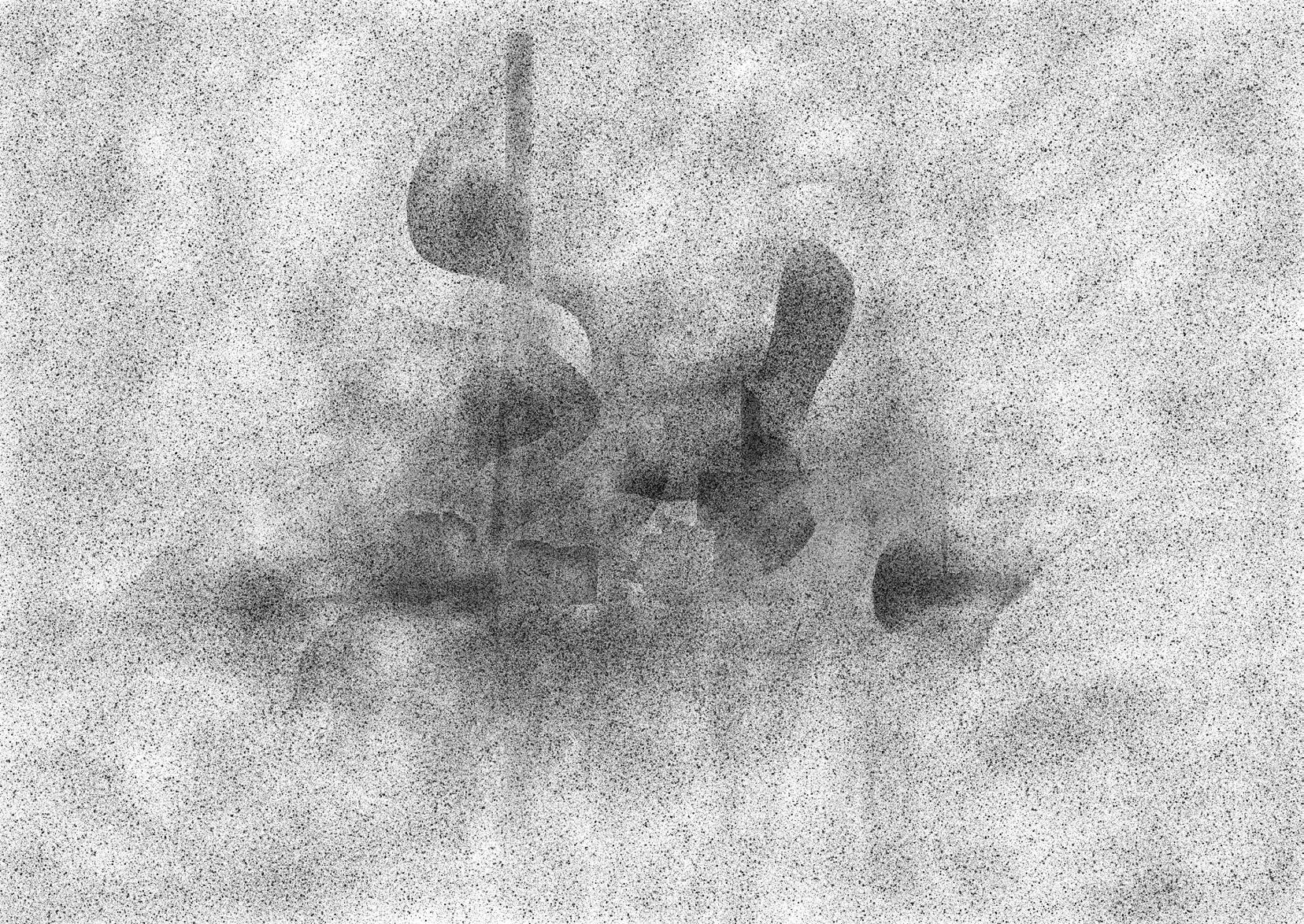
2 minute read
3. OVERALL PROPOSAL - EMBRACING VANISHING
Design how things end is not simply elimination. Vanishing is not the end but the trigger to activate the recyclable cycle of architecture. erefore, the proposal for this thesis aims to discuss a possible life cycle by embracing vanishing as part of the architecture’s operation process.
Creative Study of movement under caption.
Advertisement
A being paradox in time
“Whale carcasses that sink several miles deep in the ocean feed organisms in the dark for een years.” - Gary Snyder, the practice of the wild15
e lack of decomposition makes the one-time used life cycle mismatch with the updating value of architecture. e vanishing has been rejected and avoided throughout history. e concrete chemical reaction and construction methods try to make architecture as rigid as possible. In some way, it leads to building fragility in the dynamic change.
However, what if we follow the time, accept and use the vanishing? Like the tree’s leave never being the same through the years, it keeps growing and falling in a cycle. Here the vanishing is not referred as death, to an end. It is a restart of a new metamorphosis.
15. Gary Snyder, e Practice of the Wild (San Francisco: North Point Press, 1990), 185.
Process not object
“Our lives are not our own. We are bounded to others, past and present, and by each crime and every kindness, we birth our future.”
- Cloud Atlas16
e natural world evolves as a cycle. Hydrone exchanges from liquid to ice to moisture. Life also runs as a cycle from born to breed to death. Each creature has a speci c period of existence and eventually returns to the substance cycle. However, architecture’s being is a paradox when all the other things run as a process.
16. David Mitchell, Cloud Atlas (London, England: Sceptre, 2004), 135.


Conclusion of ELABORATION 1

Figuring out how to be part of the ecological cycle is the only way for Anthropothene to continue its development. e new value of architecture should be designed for updating by generating a process which could run as a cycle. Vanishing is not scary; it is the trigger to activate the cycle. Only by accepting it and learning how to use it could our urban become more suitable to match the rapidly updating value. e following elaborations will continue to discuss how to embrace vanishing into the design.










